The video game industry contains countless developers and companies. Many studios would count themselves lucky to produce at least one that makes an impact (or even just a little money). However, there are an elite handful of companies that become truly famous and irrevocably change the industry forever by releasing multiple multi-million dollar titles. Of course, even well-known studios sometimes produce games that time and gamers forget.
Did you know that before FromSoftware hit it big with Dark Souls, the company produced a tongue-in-cheek mech game known as Metal Wolf Chaos? Or that BioWare developed a trippy third-person/first-person shooter hybrid called MDK2? Probably not. The general gaming populace has forgotten about these games, and not even the popularity of their respective developers saved these games from that fate.
From Sonic RPGs to truly misguide shooters about the Vietnam War, here are some of the most notable examples of games from famous developers that have been lost to time.

15. Sonic Chronicles The Dark Brotherhood (Bioware)
Sonic Chronicles: The Dark Brotherhood for the Nintendo DS is the first and only RPG in the Sonic franchise and for good reason.
Sonic Chronicles was the product of a rushed development cycle and doesn’t feel polished at all, thanks in no small part to its reliance on the DS’ touchscreen. To make matters worse, Sonic Chronicles’ story is barebones and ends on a cliffhanger, which was in stark contrast to the level of quality audiences had come to expect from BioWare. And the mud-flavored icing on the dirt cake? The soundtrack is almost exclusively made up of cacophonous, grating midi “songs.”
While many gamers out there don’t know about Sonic Chronicles The Dark Brotherhood, an unlucky few do…and wish they didn’t.
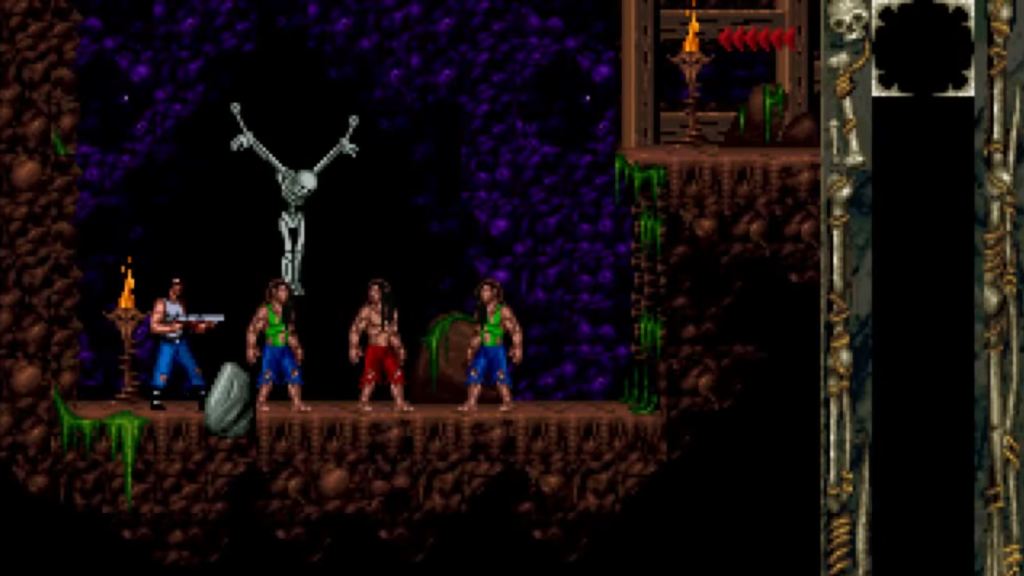
14. Blackthorne (Blizzard Entertainment)
Before Blizzard Entertainment became a PC gaming juggernaut, the studio regularly produced platforming titles. While their most famous pre-Warcraft property, The Lost Vikings, is still recognized today, many have forgotten about Blackthorne, which is arguably superior.
Blackthorne is a slow platformer that pits players against a horde of orcs (no relation to Warcraft’s Orcish Horde). Think the original Prince of Persia, but instead of using a scimitar, the main character, Kyle Blackthorne, wields a bottomless full-auto shotgun. Moreover, Blackthorne sports excellent graphics for its time, including cutscenes that deliver a basic narrative
Rumor has it Blizzard planned to add Kyle Blackthorne to Heroes of the Storm as a playable character, but that dream died with the game in July 2022.
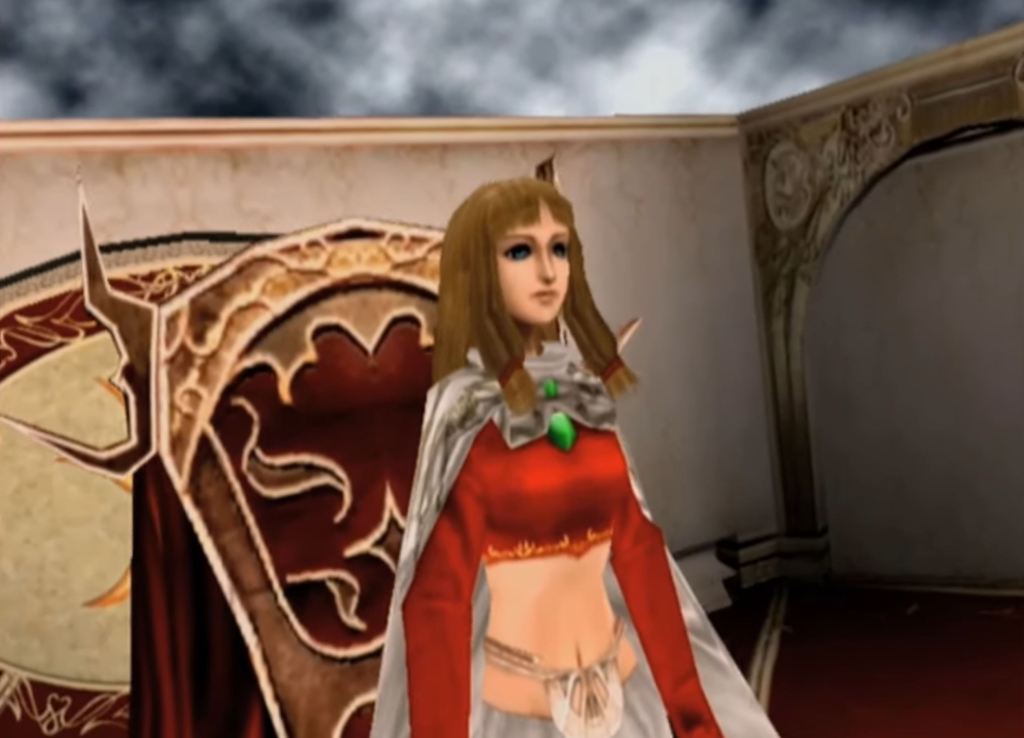
13. Lost Kingdoms 1 and 2 (FromSoftware)
Long before FromSoftware developed Dark Souls, the company was mostly known for Armored Core. Outside of those major franchises, though, FromSoftware has usually been downright experimental.
Even by their standards, Lost Kingdoms 1 and 2 were pretty big swings for FromSoftware. They were action RPGs where players used cards to battle monsters. Unlike other card-based games, though, Lost Kingdoms‘ battles unfold in real-time. Players have to use cards to either attack or summon monsters, but they also have to stay on the move to avoid the attacks of opposing creatures.
While the Lost Kingdom games are assuredly unique, they didn’t wow audiences. Still, if FromSoftware ever wants to revisit the franchise, the company could probably perfect the formula.
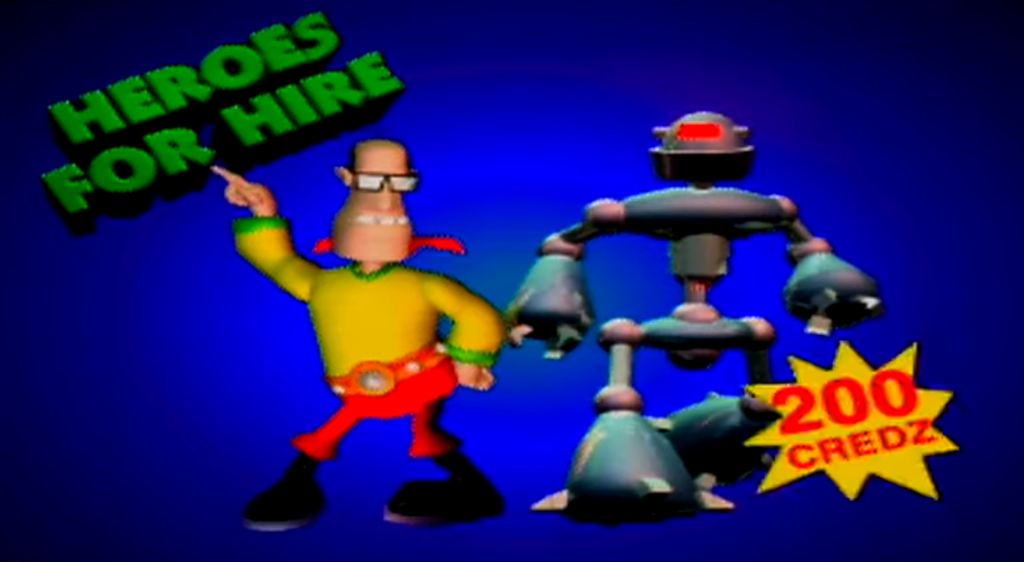
12. Space Station Silicon Valley (DMA Designs/Rockstar Games)
Back when Rockstar Games was known as DMA Designs, the company mostly developed games for younger audiences. Few of those games are more fascinating than Space Station Silicon Valley for the N64.
In Space Station Silicon Valley, players control a robot (or, to be more specific, a robot’s brain chip). This chip can hijack robot animals throughout the titular space station and use their abilities to solve puzzles. Each level is full of objectives, and to complete them, players not only have to use different animal powers but also think outside the box to occasionally ferry some animals to these objectives.
While undeniably creative, Space Station Silicon Valley is a product of its time in some pretty rough ways. The game doesn’t feature any checkpoints or lives, and many of its puzzles rely on trial and error. It’s no wonder many gamers have forgotten about the title.
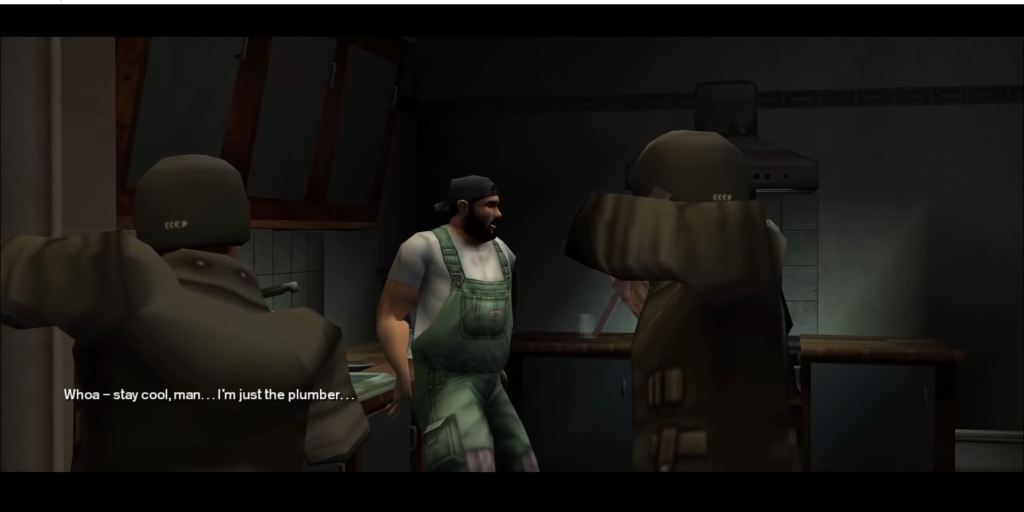
11. Freedom Fighters (IO Interactive)
IO Interactive is primarily known for the Hitman series, but the studio has occasionally branched out with…mixed results.
One of IO Interactive’s only non-Hitman titles of note was Freedom Fighters. The game takes place in an alternate history NYC where the Soviet Union invaded, and players control, well, a squad of freedom fighters. Gunplay is snappy and responsive, but more importantly, the game features AI partners who are fairly intelligent and competent. The more objectives players complete, the more Charisma Points they acquire, letting them grow their team from a tiny ragtag group of rebels to a legion of dedicated soldiers.
What few players who do remember Freedom Fighters have fond memories of the title, but the Hitman franchise simply became a higher priority for IO Interactive.
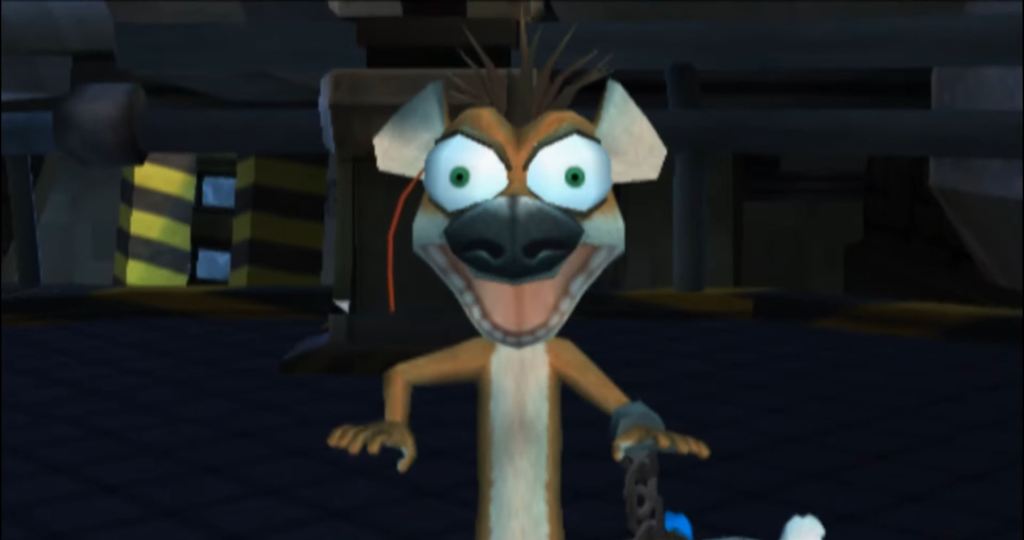
10. Whiplash (Crystal Dynamics)
Long before Crystal Dynamics took over the modern Tomb Raider entries, the studio worked on a number of notable titles, many of which spawned (or were part of) miniature franchises. However, the studios occasionally made one-off titles that were often quite interesting. Of those titles, the 2003 platformer Whiplash may just be the studios’ most obscure endeavor.
Whiplash is a game of mixed messages. In it, players control a weasel trying to escape an animal testing laboratory, all while destroying as much equipment and freeing as many other animals as possible. However, to achieve all of these tasks, players must essentially abuse a rabbit that is chained to them. This unwilling participant acts as Whiplash’s de facto weapon, grappling hook, and virtually every other item and power necessary for exploration.
Whiplash’s action is chaotic and the humor is crude, and, like the protagonists, those attributes combine to form an enjoyable experience. How anyone forgot the game is beyond me.
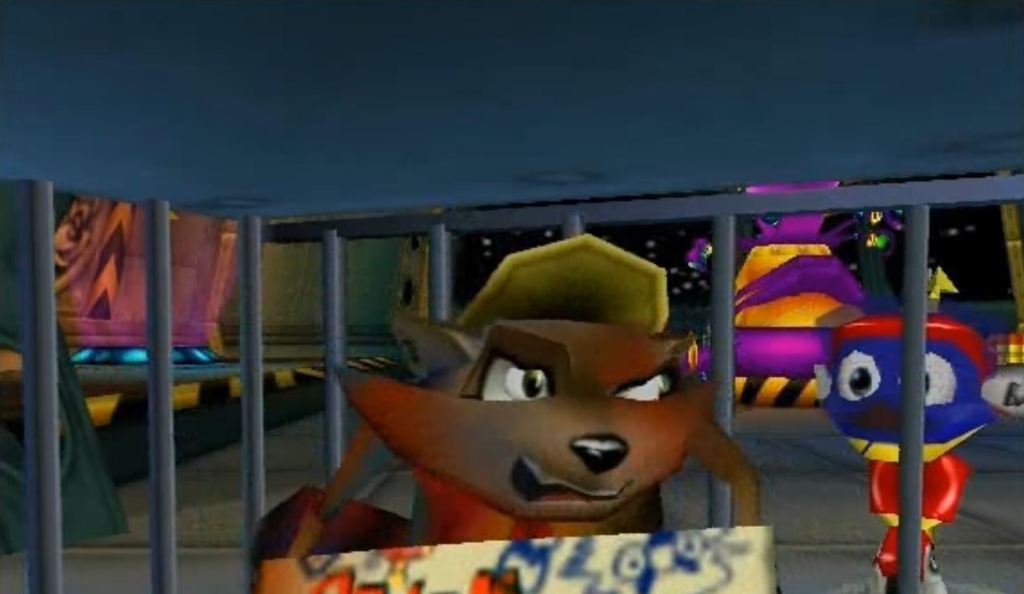
9. Rocket: Robot on Wheels (Sucker Punch Productions)
Every studio has to start somewhere. In Sucker Punch Productions’ case, that point wasn’t the popular Sly Cooper and the Thievius Raccoonus but the much more obscure Rocket: Robot on Wheels.
The title “Rocket: Robot on Wheels” says it all: Players control a robot named Rocket who has a wheel for legs. The game is a mascot platformer, and while it doesn’t stand out much in that aesthetics department, the titular Rocket is actually very fun to control. Moreover, each game level includes a variety of puzzles that quiz players on skills both new and old.
Admittedly, the Sly Cooper franchise stole much of Rocket: Robot on Wheels’ thunder, but that game helped lay much of the groundwork for Sucker Punch’s future projects. Without Rocket, Sucker Punch wouldn’t be the studio we know today.

8. Hybrid Heaven (Konami)
Admittedly, Konami is more infamous these days than famous, but during the late 90s/early 2000s, the company was on top of the world thanks to games like Silent Hill and Metal Gear Solid. Not every Konami game measured up to those standards, though.
Hybrid Heaven is possibly the most fitting title in video game history. Throughout the game, players fight evil humanoids who are hybrids of alien and human DNA by controlling a renegade human hybrid. How do they do this? With a system that combines action RPGs, third-person shooting, and turn-based wrestling combat. In other words, a hybrid combat system.
The game was nothing if not ambitious, as it crammed numerous mechanics into a Nintendo 64 cartridge in addition to voiced cutscenes and widescreen support. However, perhaps Hybrid Heaven was too ambitious, as it didn’t live up to its own hype, stumbled over its best ideas, and failed to attract many gamers.

7. Mario Hoops 3-on-3 (Square Enix)
Most gamers know that Nintendo and Square Enix (back when it was just Squaresoft) teamed up to create Super Mario RPG, but did you know the companies also collaborated to develop Mario Hoops 3-on-3?
As its name suggests, Mario Hoops 3-on-3 is a squad-based basketball game that pits teams of three against one another. Players can dribble the ball for coins, pull off special trick shots, toss items, and choose from a reliable roster of Mario characters and classic Final Fantasy class archetypes and monsters. While shooting is crucial to scoring, the more coins a team has when they sink the ball, the more points they achieve, which creates a unique risk-vs-reward mechanic.
Since Mario Hoops 3-on-3 was released for the Nintendo DS with touch-centric controls, the game isn’t easy to pick up, but it becomes second nature eventually.

6. Edge of Nowhere (Insomniac Games)
After developing Sunset Overdrive, Insomniac Games decided to get a little experimental. The company even tried its hands at a psychological horror VR title inspired by H.P. Lovecraft.
In Edge of Nowhere, players control the main character, Victor Howard, who is venturing to Antarctica in search of his wife. However, after a plane crash, things quickly enter At the Mountains of Madness territory thanks to Lovecraftian horrors, crumbling ruins, and hallucinations that make both the protagonist and player question reality.
Unlike most of Insomniac Games’ titles, Edge of Nowhere is designed for the Oculus Rift, but the studio put the VR tech to good use. Whenever players look around, they get to soak in the atmosphere and appreciate the game’s sense of scale. What is more horrifying than turning your head to see what you thought was a mountain move?
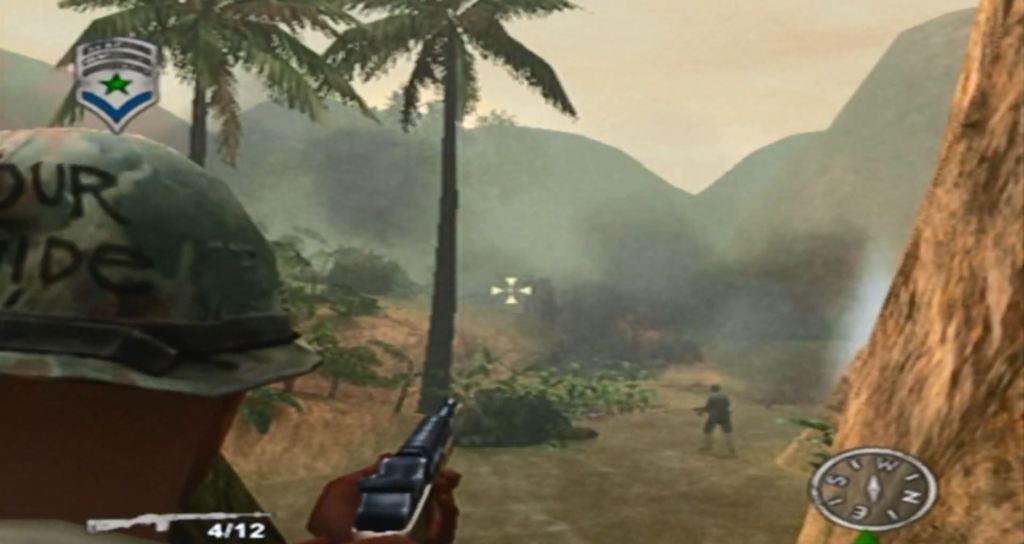
5. Shellshock: ‘Nam 67 (Guerilla Games)
Before developing the Horizon series, Guerilla Games was best known for the decidedly mixed Killzone franchise. But even the worst of those games were head and shoulders above the studio’s first title, Shellshock: ‘Nam 67.
Shellshock is a third-person shooter that takes place in Vietnam circa 1967. The game effectively demonstrates the brutality of the Vietnam War, but that’s quite frankly all the praise you can give the title. Guerilla Games’ lack of experience is on full display. Shooting controls are inaccurate, and the story is incomprehensible. Moreover, missions boil down to just repeating the same objectives again and again.
Overall, Shellshock: ‘Nam 67 is unpolished, dull, and, worst of all, it easily blends into all the other military shooters of the time. But if Guerilla Games hadn’t developed that title, developers might not have learned from their mistakes and eventually created masterpieces such as Horizon Zero Dawn.
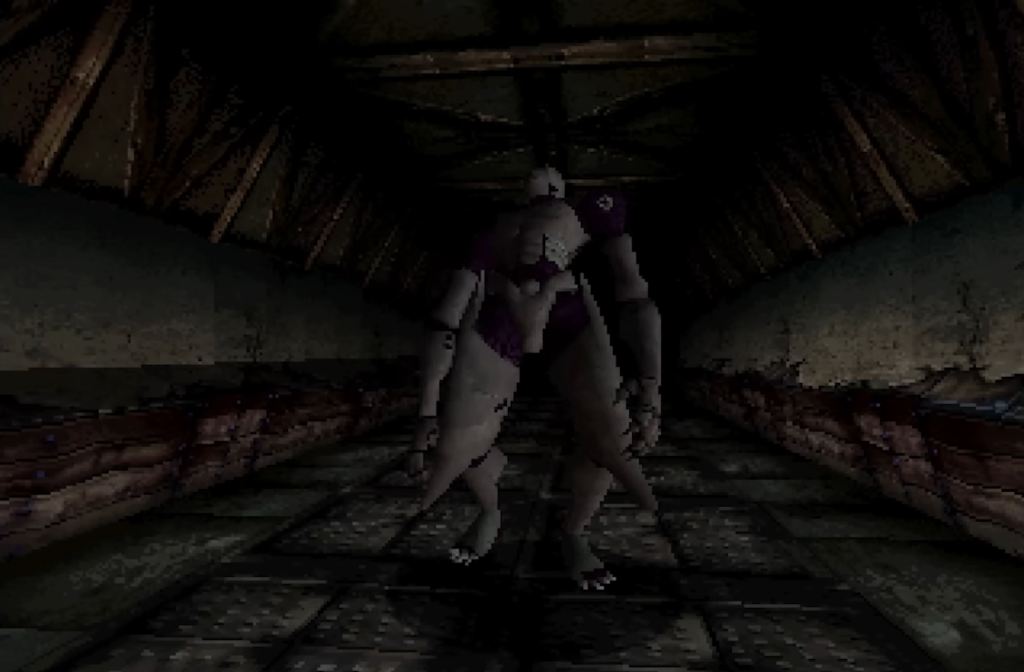
4. Hellnight (Atlus)
After Capcom lit the gaming world on fire with Resident Evil, many companies tried their hand at the genre game ads minted as “survival horror.” Persona developer Atlus’ contribution to this fad was Hellnight.
Hellnight’s levels primarily consist of first-person treks through underground labyrinths, broken up by the occasional puzzle. All the while, players are beset by an invincible enemy that evolves as the game progresses. Despite releasing on the PlayStation 1, Hellnight nails the claustrophobic atmosphere and sense of dread one would expect from an underground sewer populated by a lone monster.
So why is it so obscure? Well, Hellnight was only released in Japan and Europe and received poor reviews, but gamers who have rediscovered the game have learned the game was far better than critics initially assumed.
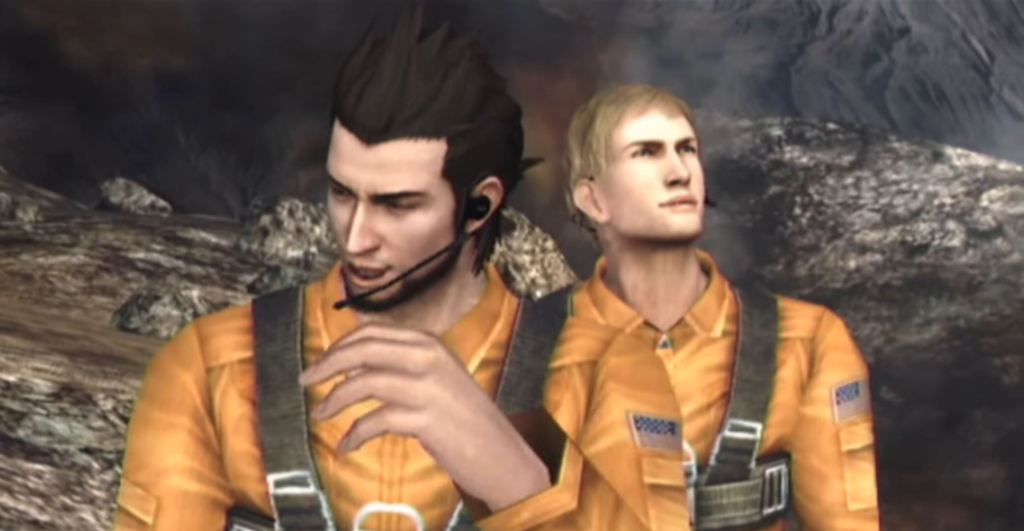
3. Disaster: Day of Crisis (Monolith Soft)
Originally, Monolith Soft was a third-party developer that functioned under Namco (later Bandai Namco), but in 2007, Nintendo purchased Monolith Soft. This acquisition eventually resulted in the legendary Xenoblade Chronicles series, but Monolith’s first title under Nintendo’s banner was significantly more obscure.
In Disaster Day of Crisis, players control Raymond Bryce. Throughout the game, gamers have to lead Bryce to safety amongst countless national disasters, all while rescuing civilians and shooting terrorists. Disaster Day of Crisis combines traditional game mechanics, such as platforming and first-person shooting, with atypical ideas such as clearing Bryce’s lungs to maintain stamina.
Disaster Day of Crisis was held back by a myriad of issues, such as the team’s inexperience with action titles and numerous production delays. The game was also only released in Japan, Europe, and Australia. While Nintendo planned to launch the game in the U.S., the company eventually changed its mind after lackluster sales and reviews.
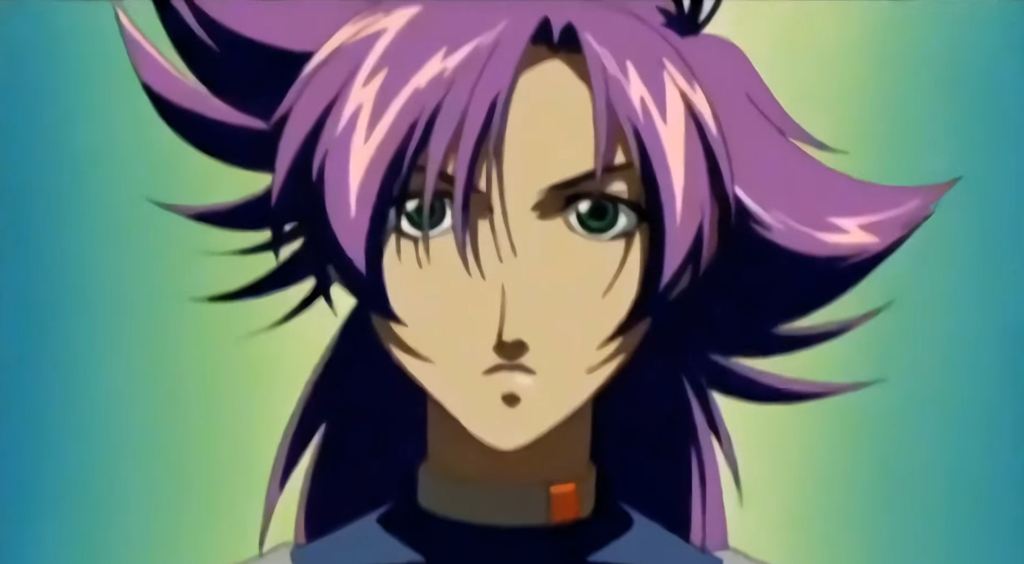
2. Oni (Bungie)
While Bungie is finally reviving the Marathon franchise, that’s hardly the company’s most obscure pre-Halo property. That honor would have to go to Oni.
Every aspect of Oni, from the story to its art style, is a love letter to anime properties such as Ghost in the Shell. Unlike other Bungie titles that typically emphasize first-person gameplay, Oni utilizes a mix of third-person shooting and melee combat that, like the rest of the game, just screams “anime.”
Oni‘s incredible anime aesthetics garnered a lot of attention when it was released, but it has not stood the test of time. The game is as unforgiving as it is unfair and repetitive. Still, many gamers who played the title (or never got to) would probably love to see Bungie remaster or remake this one.
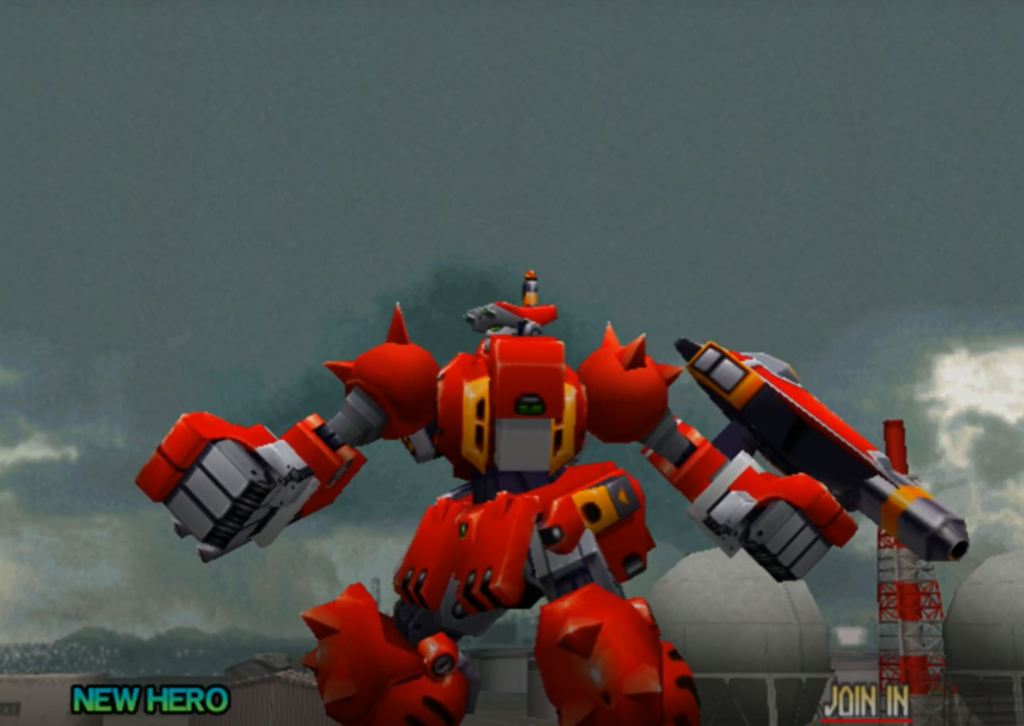
1. Tech Romancer (Capcom)
Though Capcom is one of the most prolific and beloved developers in video game history, some will always think of “fighting games” when they hear the studio’s name. Street Fighter is obviously the crown jewel in Capcom’s fighting game vault, they’ve also produced all-time great fighting franchises like Darkstalkers, Power Stone, and Marvel vs. Capcom. However, not every Capcom fighting game has garnered such widespread acclaim.
Even though Tech Romancer sounds like the title of a dating sim where the player tries to romance robots, the game is actually an arcade fighting title that was later ported to the Sega Dreamcast. As is tradition, Tech Romancer revolves around fighting: two combatants enter the ring and use punches, combos, and special moves to decimate the opposition. It all seems pretty standard at a glance.
However, Tech Romancer shines thanks to its aesthetics. The game is a love letter to the Mecha anime of the time. Each fighter pays homage to different giant Japanese robots, including Gundam, Mazinger, and Getter Robo, and the game’s soundtrack and plot carry a heavy anime feel. Given all of the things this game has going for it, it’s frankly a bit surprising that so many forgot about Tech Romancer so quickly. Then again, the same could be said of many Dreamcast titles.
